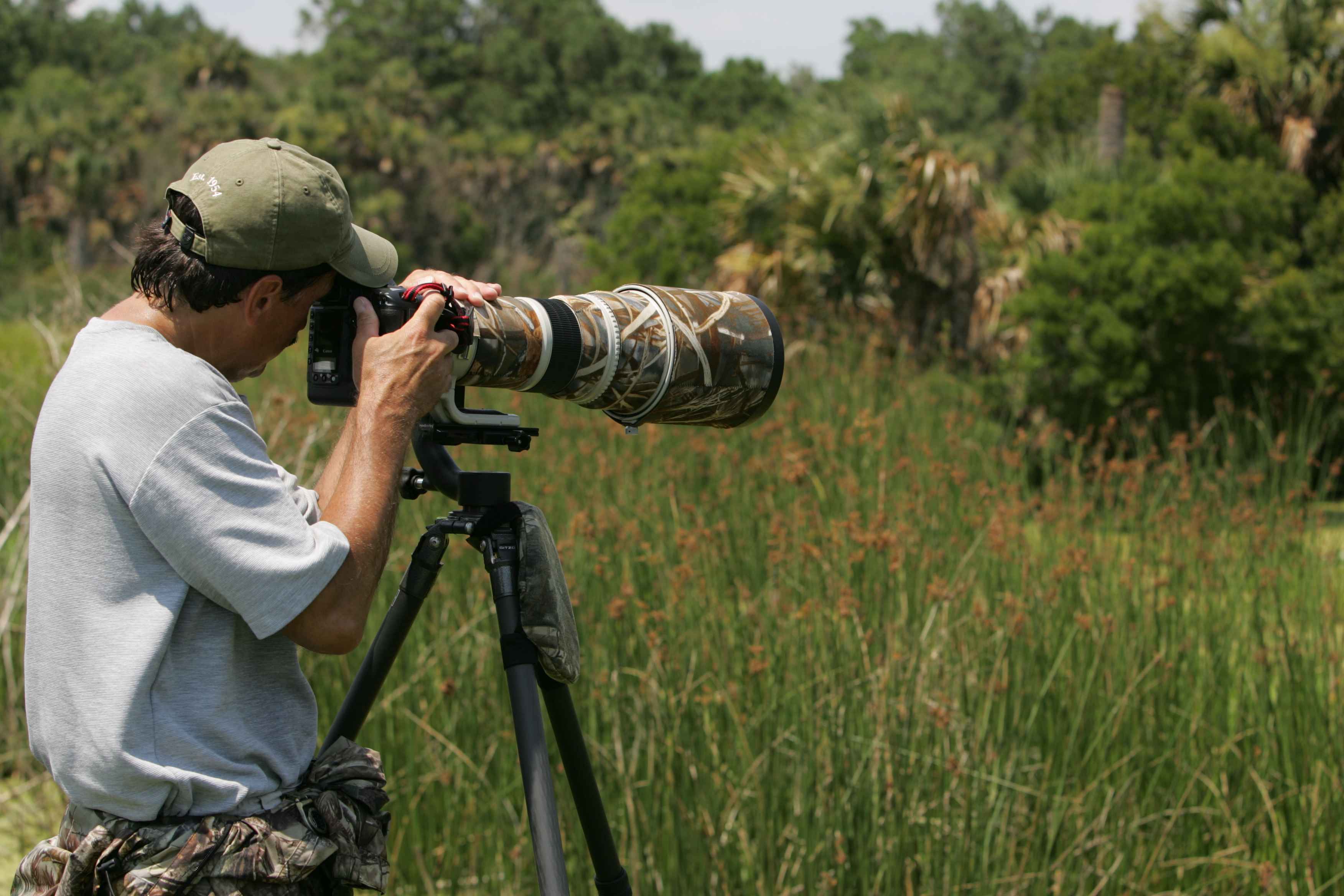
Just before you clicked on this link to read this article, you may have been using social media. As you scroll through your timeline you will probably notice a glut of photos of wildlife, eagerly captured by a growing crowd of amateur wildlife photographers.
Cell phones, social media, and free park passes for events like Canada’s 150th celebrations, have all contributed to the trend, which according to professionals in the field can present a great deal of risk to animal species.
Melissa Groo is an American wildlife photographer and chairs the North American Nature Photography Associations ethics committee and is concerned about people’s lack of awareness of the issues at hand when
“We have to understand that our animals are under pressure as never before. If we’re out there to celebrate nature and all its ephermal quality, we should be doing everything we can to leave as little a footprint as we can when we’re out there.” – Melissa Groo, chair of the North American Nature Photography Associations ethics committee
There are several practices professionals encourage when venturing out into nature to photography the wildlife: do your research on the species you’re photographing, keep your distance and don’t follow the crowds.
John. E Marriot is a prominent Canadian photographer and has noticed the influx of amateur photographers into Canada’s natural environments.
“I can’t pretend that we don’t have an impact. But we can certainly limit that impact and make it so that we’re not actually affecting the animal’s behaviour. And that’s when you get the more natural and interesting shots anyway. » – John. E Marriot, Canadian photographer
Patience is also a key factor in getting good photographers, and not disturbing wildlife. Problematic practices such as baiting (i.e. luring an animal with food to get a good picture – this is notably done to get pictures of snowy owls flying straight at the camera), are bad for the wildlife and are also inauthentic, according to Groo.
“I have spent hours, days, so much time with snowy owls in the field and I have never gotten a shot of an owl flying directly towards me,” said Groo. “I’m not saying it can’t be done naturally and ethically, but it’s quite rare to get that.”
